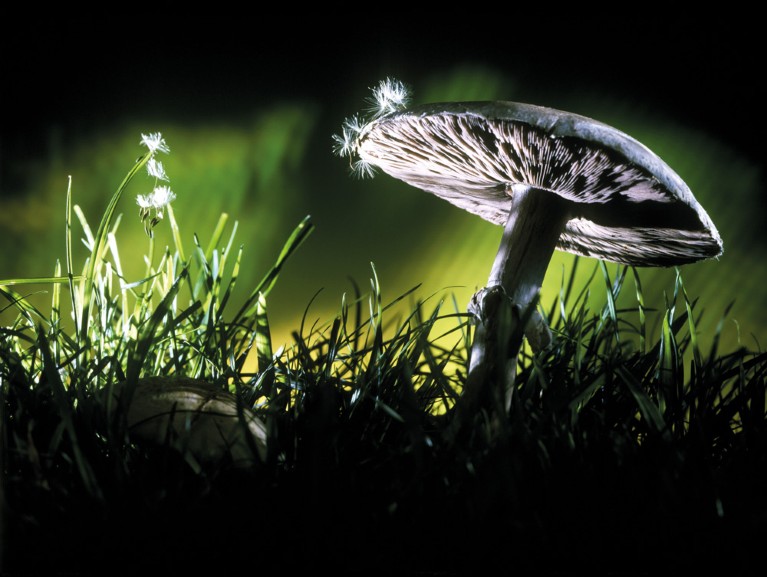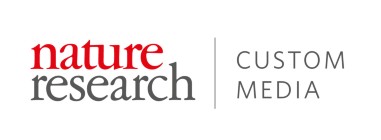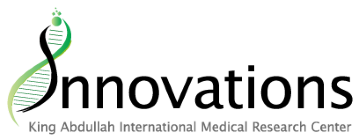
Beta glucans can be found in the cell walls of the field mushroom.© GARDEN PICTURE / PHOTOLIBRARY / GETTY IMAGES
Development of anti-cancer treatments is often thwarted by drug resistance and drug side effects. Researchers are increasingly turning to naturally occurring products to help overcome these challenges. Beta-glucans, sugars found in the cell walls of fungi, yeasts, bacteria and cereals, are of particular interest to cancer researchers, as they are known to activate innate immune responses.
A joint study between researchers in Saudi Arabia and Canada has shown that beta-glucans encapsulated into tailor-made “liposomes” — tiny spheres composed of lipids and cholesterol — can be used as an adjunct approach to fight cancer.
“Natural products have been gaining attention due to their ability to act as modulators and enhancers for several anti-cancer drugs,” says KAIMRC biomolecular scientist Majed Halwani. “Our liposomal beta-glucan formulations were designed to help reduce the adverse effects of doxorubicin — a key drug effective against many types of cancer — and enhance its activity.”
By preparing a series of liposomal “recipes” with different lipid-to-cholesterol ratios, the team achieved higher encapsulation efficiency of mushroom-derived beta-glucan as well as higher stability under varying biological conditions. The researchers observed that their formulations with a relatively high amount of cholesterol remained stable in plasma at both four and 37 degrees Celsius.
Three of the liposomal formulations containing the highest amount of beta-glucans were shown to be particularly effective in suppressing human lung cancer epithelial cells.“Combining different phospholipids to form the liposomalvesicles that are able to carry beta-glucan and/or doxorubicinindividually or together at the same time is not straightforward,” says Halwani. “We're now collecting new data about this.”
“As a first stage, we were interested in presenting formulations that have lower nanometre particle sizes to ensure that they are suitable for pharmaceutical applications and transportable within the bloodstream.”
The next step for the research team will be to examine theeffects of the formulations on animal models and conduct other laboratory studies, with the long-term goal of performing human clinical trials.


